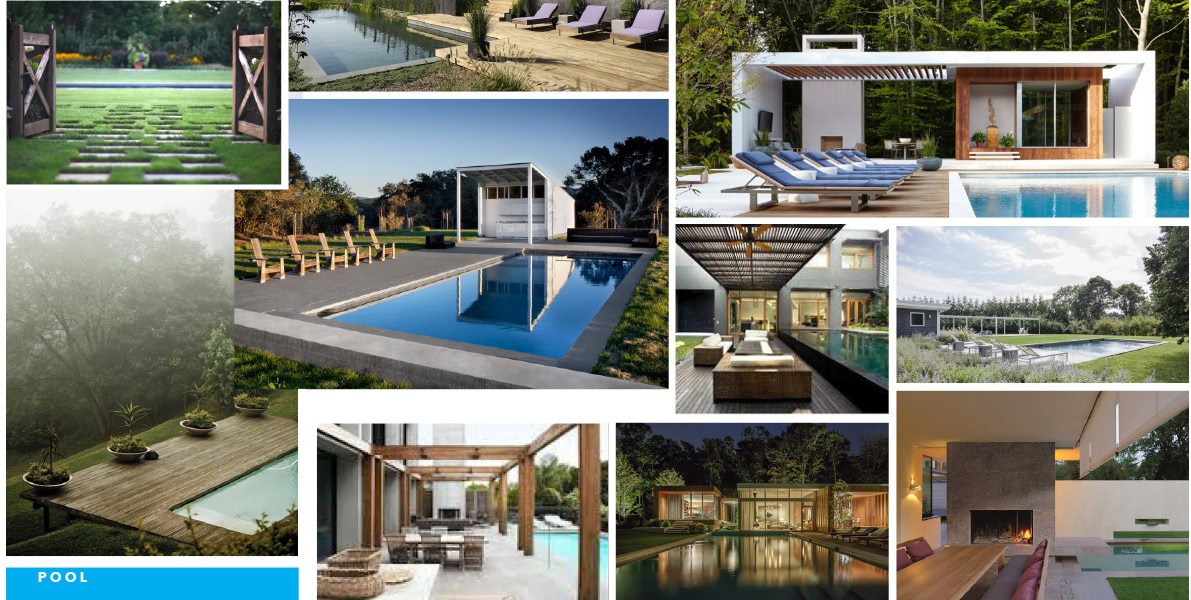
Designing a Swimming Pool With or Without a Contractor
The other day I complimented a friend on the waterline tile he selected for a private swimming pool. He thanked me and added: “The tile does not change color when wet.” I found it interesting that a detail like that would be an important consideration.
Size
The reality is that when you are designing a swimming pool, it’s all about details. It starts with determining the size: swimming pool perimeter, area and volume that are appropriate for the site. The size depends on the anticipated use and the swimmer load (maximum and average).
Placement
The next “detail,” of course, is finding the right spot for your swimming pool. You have to make sure it works on so many different levels and think of:
- The topography;
- Grade elevations;
- Sun exposure;
- Arrangement / location of present and proposed structures;
- Setbacks to present and proposed structures;
- Deck design;
- Location of filtration and recirculation equipment;
- Pool enclosure.
For inspiration, take a look at the examples featured in this post from Gardenista.

Shape
The shape of any swimming pool needs to be such that the circulation of pool water and control of swimmers’ safety are not impaired.
Materials
Clearly, a swimming pool has to be constructed of materials that are inert, stable, non-toxic, watertight and enduring. While designing water-retaining structures with immersed and dry surfaces, in addition to the aesthetic palette, one has to think of:
- Safety in use;
- Long-term performance of finishes (such as resistance to corrosion).
Even if you are working with a swimming pool contractor, you need to be aware of the building code requirements.
Structural Integrity
A swimming pool has to be designed and constructed to withstand all anticipated loading for both full and empty conditions. A hydrostatic relief valve and/or a suitable underdrain system should be provided for in-ground pools.
Bottom Slope
The bottom of the pool needs to slope toward the main drain. Where the water depth is less than 5 feet (1.5 m), the bottom slope should not exceed 1 foot vertical in 12 feet horizontal (1:12). Where the water depth exceeds 5 feet (1.5 m), the bottom slope should not exceed 1 foot vertical in 3 feet horizontal (1:3).
Lighting
Underwater lights should provide uniform distribution of illumination.
Recirculation System
Each swimming pool should have a recirculation system to convey, clarify, chemically balance and disinfect the swimming pool water. The recirculation system includes pumps, piping, filters, chemical feed equipment, as well as associated controls and monitoring devices.
Overflow Control
Continuous skimming (removal of surface water) relies on makeup water supply equipment. Skimmers need to provide effective skimming of the entire water surface with minimum interference. All skimmed water should pass through an easily removable and cleanable basket or screen before encountering control valves or entering the pump suction line.
And so much more! There are plenty of other issues and details to consider when designing a swimming pool — an adjoining spa, for example. Lots to think about. As your DIY Ally, I am ready to help. Don’t hesitate to reach out and contact me here.



